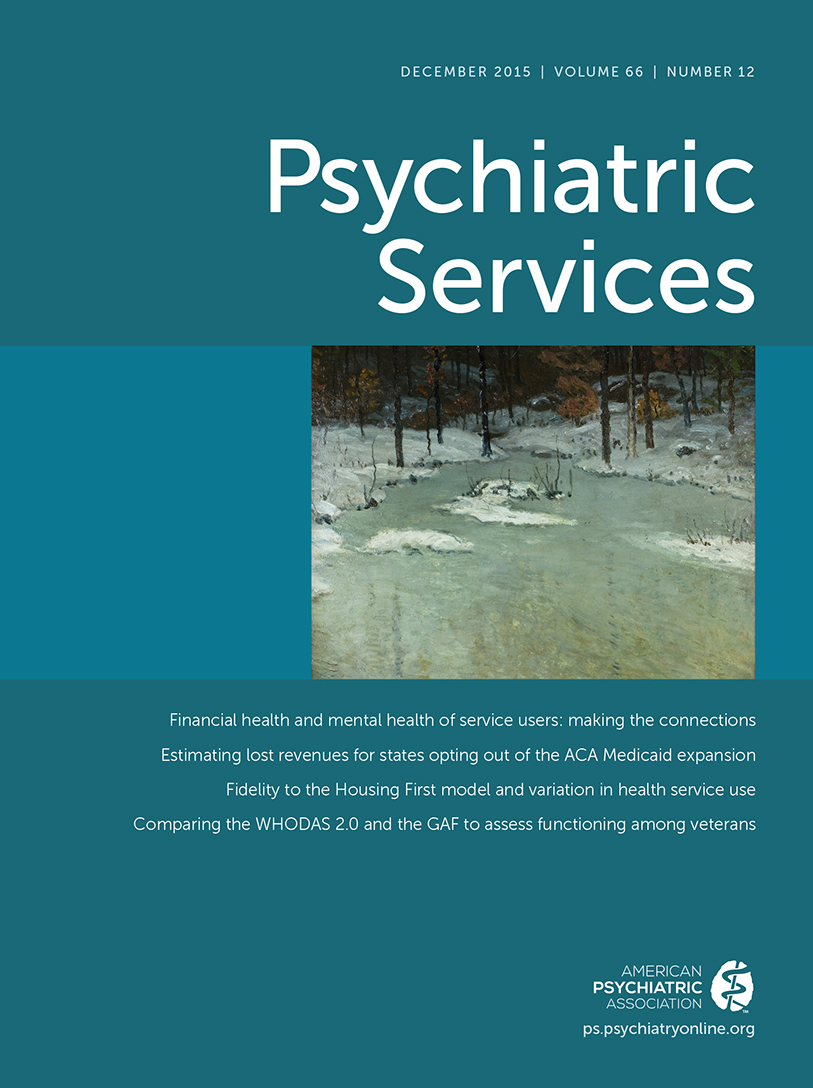Mental Health Service Use Among Adults With Suicide Ideation, Plans, or Attempts: Results From a National Survey
Abstract
Objective:
Despite the existence of efficacious interventions that reduce suicide risk, connecting high-risk individuals with care remains a problem. Little is known about factors that may be associated with service use and nonuse among suicidal adults. This study aimed to identify correlates of mental health service use among adults reporting past-year ideation, plans, or attempts.
Methods:
Data from the 2013 National Survey on Drug Use and Health (NSDUH) were analyzed to identify correlates of mental health service use among a nationally representative sample of adults reporting past-year suicide ideation (N=2,126), plans (N=690), or attempts (N=345). Findings were compared with results for individuals reporting no past-year suicidality (N=35,106).
Results:
Approximately 50% of adults with past-year ideation, plans, or attempts reported contact with any type of mental health services in the past year. Individuals who were more likely to have connected with services in the past year included females, non-Hispanic whites, those in worse general medical health, and those with a more severe clinical picture (that is, presence of serious psychological distress or a past-year diagnosis of a major depressive episode). Among the groups with suicide ideation, plans, or attempts, no significant differences in service use emerged between veterans and nonveterans or between married and nonmarried individuals.
Conclusions:
Findings underscore the low rates of service use among adults at elevated risk of suicide and reveal possible avenues by which to increase treatment engagement in this population. Additional research is warranted to examine correlates of service use within a prospective design.




